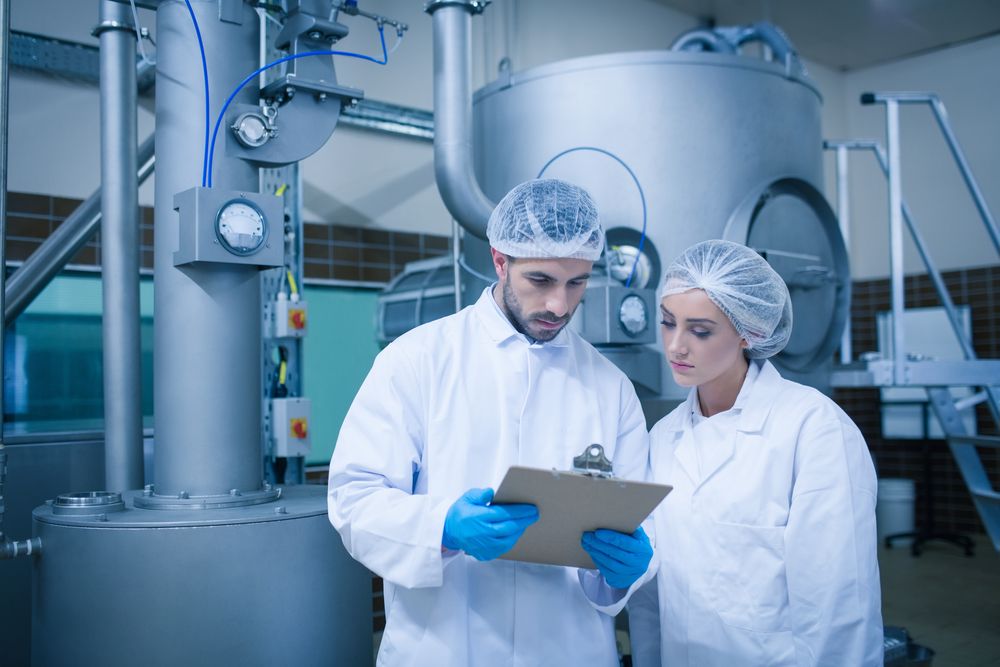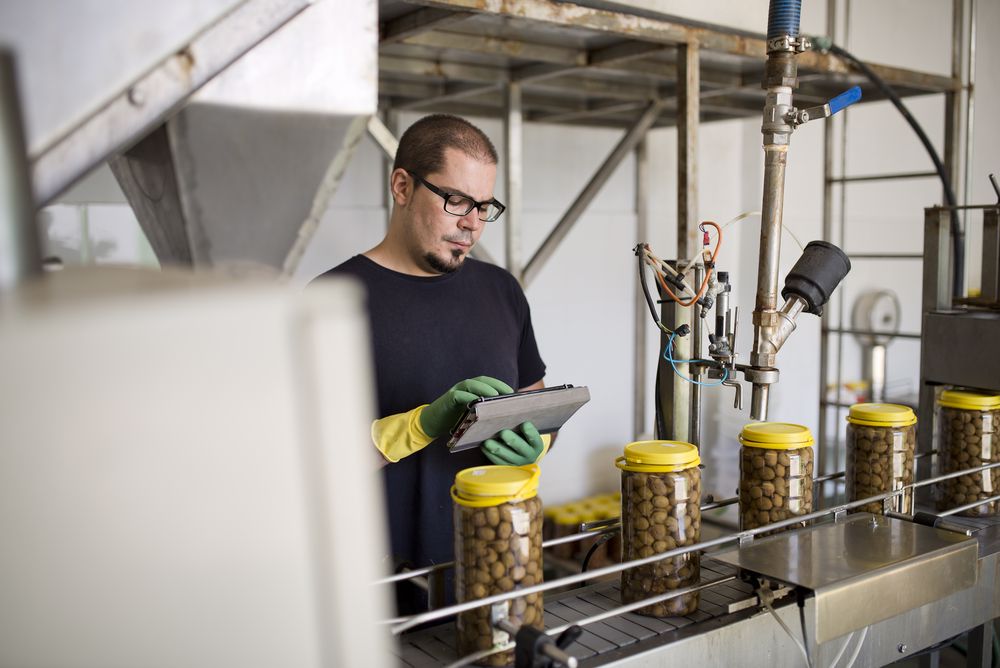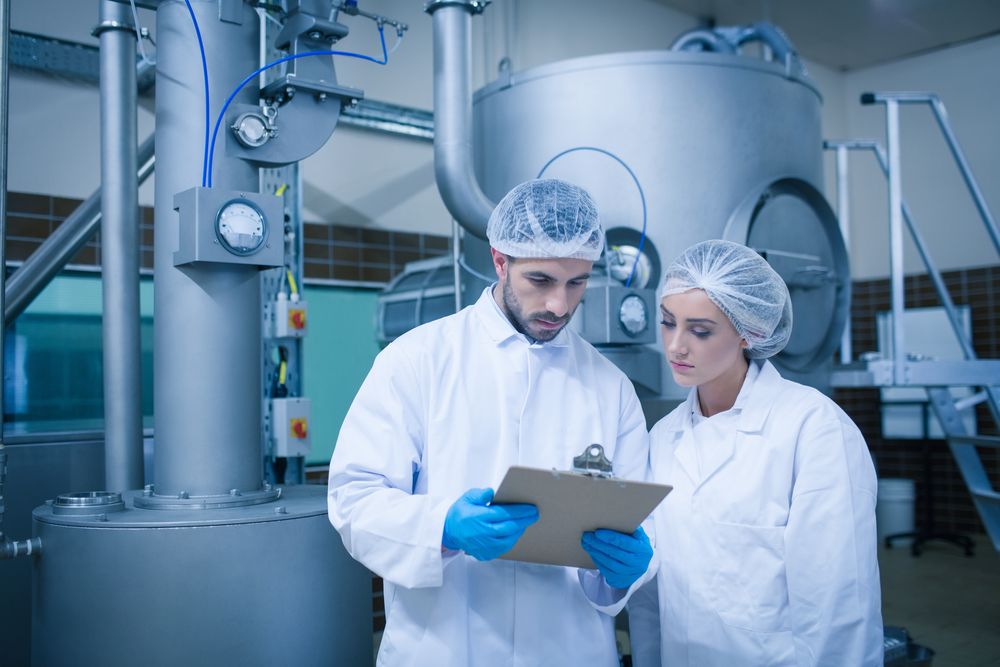Help Employees Follow HACCP Food Safety Practices with Training

How safe are the items you produce? When your industry is food, this question must be on your mind from the very beginning, and has to remain a priority for as long as your business operates.
No matter what part of the food and beverage retail supply chain your company occupies, food safety is a matter of urgent importance. From regulatory compliance to consumer trust, numerous parts of your business success depend on your ability to produce high-quality products untouched by contaminants.
Among the systems designed to enforce food safety, Hazard Analysis Critical Control Point (HACCP) methods stand out, due to the fact that the Food and Drug Administration (FDA) has put its official weight behind promoting them.
Getting in line with HACCP principles is not the only activity required to comply with all relevant regulations, but the concepts described therein represent a strong approach to secure, responsible food manufacturing. But what does it take to make a HACCP food safety program work in your organization?
HACCP Food Safety: Making a Plan
A customized HACCP food safety plan tailored to your company’s exact specifications will show off the ways in which you are embracing safe practices. As testing laboratory Safe Food Alliance explained, this plan is a way of showing regulators — as well as consumers and business partners — they can trust the products made in your facilities.
Safe Food Alliance added that while an HACCP plan alone isn’t enough to ensure compliance with rules such as the Food Safety Modernization Act (FSMA), it is aligned with the principles of those laws and FDA regulations, creating a foundation on which you can build comprehensive strategies.
Prerequisites for HACCP
A HACCP food safety plan must be built on programs and practices that reflect your company’s commitment to safe food production. According to the FDA’s appendix, examples of these prerequisites include:
- Training
- Facility location, construction and maintenance
- Supplier control
- Written specifications
- Production equipment
- Cleaning and sanitation
- Personal hygiene
- Chemical control
- Receiving, storage and shipping of goods and materials
- Traceability and recall
- Pest control
- Quality assurance
- Standard operating procedures
- Product formulation and recipes
The FDA clarified that this is not the complete list, but rather a sampling of the kinds of approaches businesses can take based on which segment of food production, processing and sale they belong to.
The actual formulation of the HACCP plan for a company is carried out by expert personnel. According to the FDA, this should be a multidisciplinary group of stakeholders, assisted by individuals from outside the company when specific knowledge is needed.
The 7 Principles of HACCP
With the right people on call, the organization describes the food being produced, as well as the way it will be consumed and its target audience. The team then creates and verifies a flow diagram and begins on implementing the seven principles of HACCP.
- Conduct a hazard analysis: The HACCP team anticipates risk factors likely to afflict the production of the food, then identifies control measures to stop those issues from contaminating the finished items. The analysis summary describes when the food safety hazard may occur, why it’s considered a risk, whether it’s common enough to warrant a response and, if yes, what that response is.
- Determine critical control point locations: Hazard control comes down to a few steps in the production process worthy of extra focus, each of which is labeled a critical control point (CCP). The HACCP system involves identifying and noting these steps.
- Establish critical limits: This HACCP principle means assigning safe maximum and minimum values, each known as a critical limit. What temperature, times, dimensions, moisture levels or other factors must be maintained to keep ingredients and finished items safe?
- Establish monitoring procedures: The HACCP team determines what measures personnel will use to monitor the safe production of foods. This consists of setting observation sequences or measurements for use at CCPs.
- Establish corrective actions: If something goes wrong and hazards do cause problems during food production, how will the company correct the deviations and prevent compromised food from reaching the public? This step will set repeatable procedures for such circumstances.
- Establish verification procedures: A HACCP food safety plan plan should have controls in place to make sure it is working effectively. Without the verification steps in this HACCP principle, it would be hard to ensure the other practices are being followed.
- Establish record-keeping and documentation procedures: To help with internal organization and external compliance, food producers should keep extensive HACCP plan records, as well as their food safety hazard analysis summaries, hazard determination rationale and lists of corrective measures taken.
Such a comprehensive approach to safety practices leaves little room for risk to enter the food production process, showing why the HACCP system is so widely adopted and supported by the FDA.
HACCP Food Safety Training
As with any complex matter of safety and effective operations, the human element is important. Training should help your team follow the steps laid out in the HACCP plan and keep up with the principles involved.
Comprehensive HACCP training will cover ideas that apply to all CCPs, with a general approach to ensure that no matter what part of the food production supply chain your organization operates in, your team will learn how best to live up to HACCP objectives.
Concepts covered in food safety training courses include the types of potential hazard covered by HACCP, as well as the ways in which hygiene and careful operations at each step of the supply chain affect every stakeholder, from other producers to the consumers who buy the products.
While some of the issues dealt with in HACCP training are technical, others are more philosophical in nature. Employees should learn not just what to do, but why they are doing it. You can impart this information through modern training methods such as video-based online courses so you have a quick and budget-friendly way to spread essential messages, no matter how many plants you operate or how widely dispersed your team is.
When considering which topics your training should focus on, your food safety system must always be at the top of the list. After all, without a responsible and comprehensive approach to safe production, no food manufacturer can succeed.

